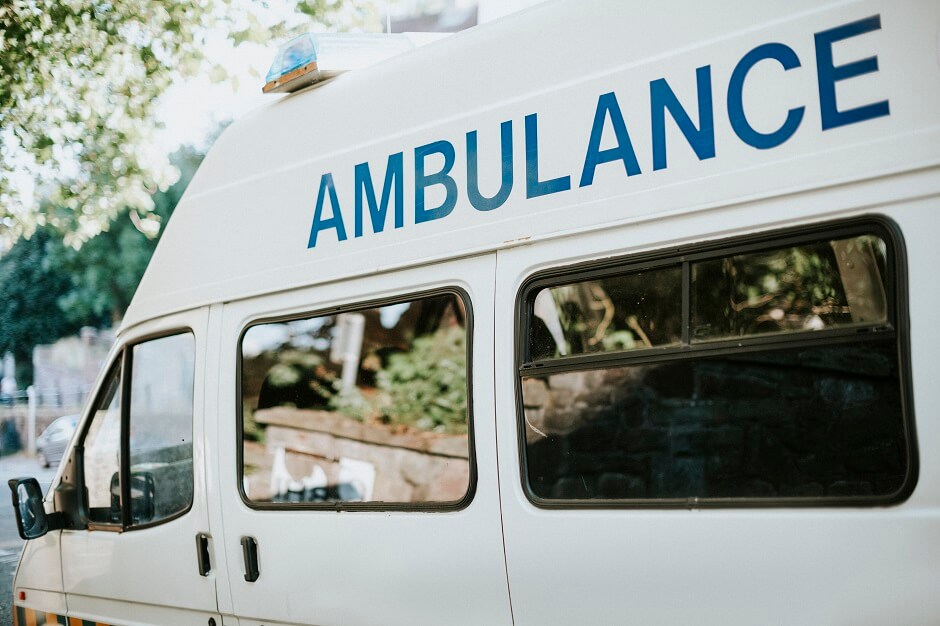Steps to Take During an Emergency Medical Situation

A medical emergency can take place anyplace and at any time. It is a circumstance that demands immediate action. The primary role of a person should be to focus on first aid and contacting emergency care at 998. Calling a healthcare professional will help you respond and treat any emergency. Remember, your action can save someone’s life.
A few noticeable conditions in an emergency medical condition include excessive bleeding, heart attack or stroke, burns, breathing problems, chest pain, seizures, shock, and head injury. When you see this happen, you should take the necessary actions.
Here are some steps to follow during an emergency medical situation:
-
Recognize if Emergency Exists
You can confirm the emergency by checking for particular signs. The indicators are:
- Dilated pupil
- Slurred speech
- Difficulty in breathing
- Chest pain
- Sleepiness
- Unexplained confusion
- Uncharacteristic skin color
- Pale face
- Unconsciousness
- Sweating
-
Taking an Action
In a medical emergency, time is a valuable thing. So, as soon as you recognize the signs, you should take immediate action. The action can involve:
- Calling for medical assistance at 998
- Offering comfort to the patient
- Giving first aid to the victim
- Any other service you can provide at the moment
You can help in a medication situation in several different ways. Sometimes people cannot recognize the medical emergency, while other times, they don’t care to act. But if you can help, you should take action because it can save someone’s life.
-
Contacting Emergency Professional
Generally, people give comfort and confidence to the patient, which often helps them calm down. The next thing is to call an emergency expert because they can begin the treatment right away as they arrive.
-
Care for the Patient Until Professionals Arrive
Avoid moving the patient from their place until they’re at risk. That’s because you may not be aware of where the injury is; so, it’s best to leave it for the professionals. The conditions that are life-threatening emergency are:
- No breathing
- No pulse
- Severe bleeding
- Unconsciousness
So, until the medical help comes, check for changes in the patient’s breathing level and whether they’re losing consciousness. Help the victim rest comfortably but without moving their body. Protect them from getting overheated or chilled.
Preparation for a Medical Emergency
-
Keep a First Aid Box
Prepare your first aid box that should contain scissors, roller bandage, antiseptic cream, pain killer, sterile cotton, and thermometer. Replace the item before its expiry. Also, keep the box in a safe and accessible place.
-
Save Crucial Contact on Speed Dial
Save all the vital contact you may need in case of emergency on your speed dial. These numbers can include the number of medical professionals, partners, neighbors, relatives, and friends.
-
Knowledge of the Medical Clinics Nearby
You must know the address and name of the hospitals near you.
It is essential to have medical insurance. Many people are unable to treat the condition because of no insurance coverage. Given the current expense of medical cost, it is best to get coverage.
-
Basic Training Against an Emergency Situation
Take some basic training to life support causes. Almost every hospital runs these. It can help save the life of many people.
The Bottom Line
Emergencies are often overwhelming and frightening. You may have a hard time deciding, so follow these steps during an emergency medical situation.



